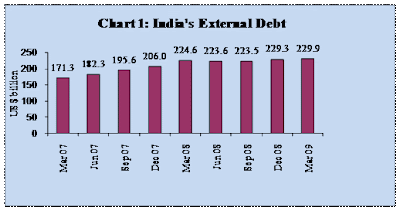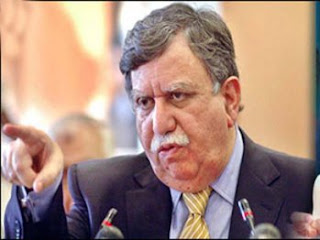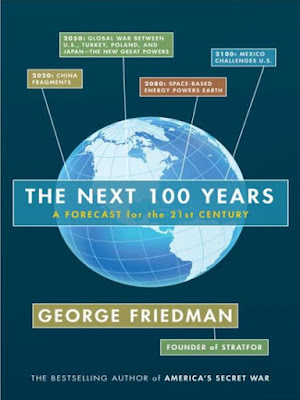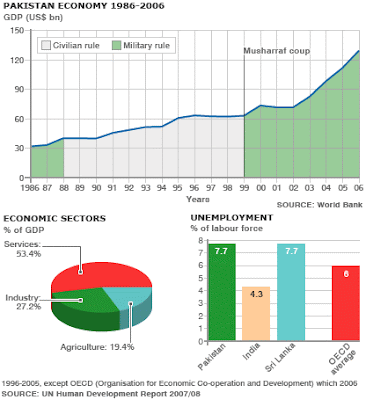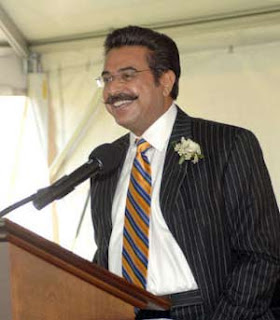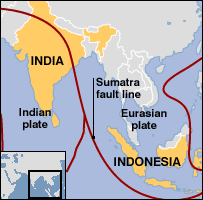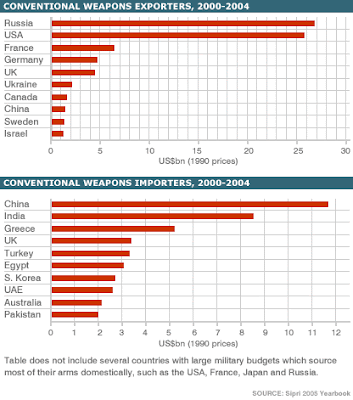Resolving Pakistan's Circular Debt, Electricity Shortages
As Pakistanis discuss major causes and crippling effects of the worst ever power crisis in the nation's history, "load shedding" and "circular debt" are two key phrases that have entered the vocabulary of average people in Pakistan during the last few years. Load Shedding: What do these common phrases mean? Let me start with "load shedding" first. Long and daily power outages are called "load shedding". "Load shedding" is supposedly an attempt to share a limited resource equitably among many consumers. In addition to insufficient installed capacity as the culprit, the dramatic increase in "load shedding" in the last two years is commonly also blamed on growing "circular debt" which results in significant under-utilization of power plants already in place. There is credible data to suggest that the deepening electricity crisis since 2008 has more to do with the independent power producers(IPPs) operating at less
